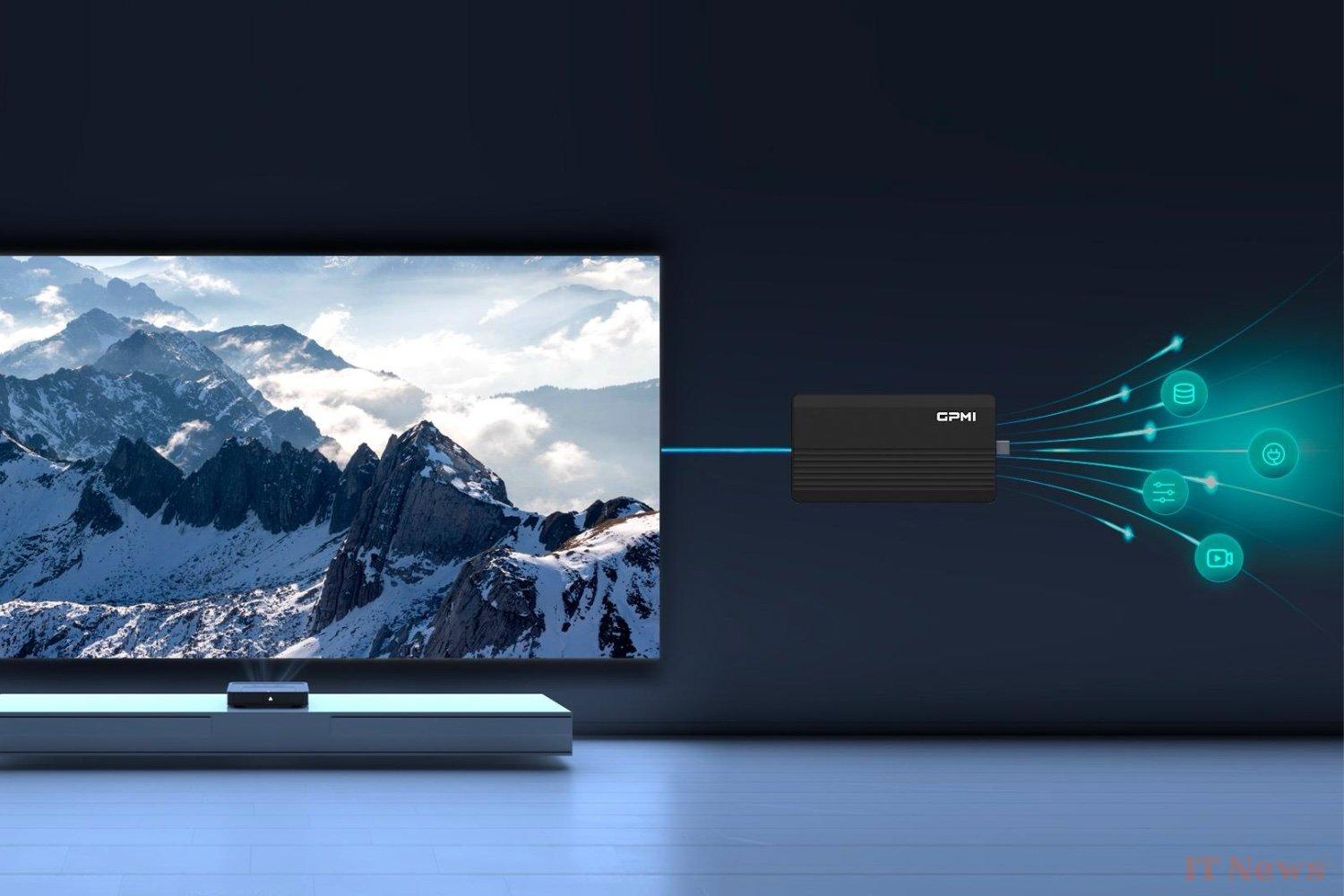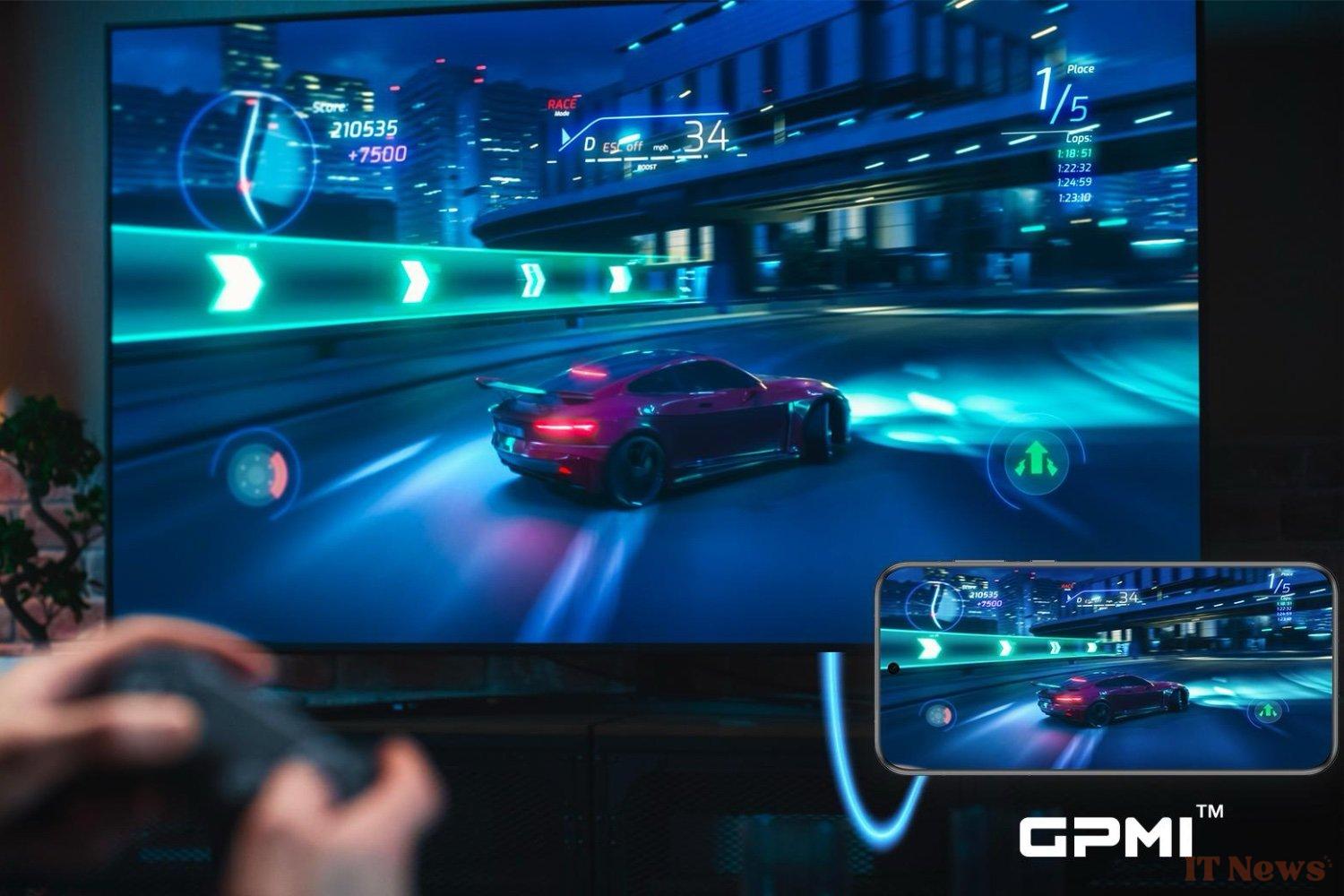Have you ever tried to connect a TV, a console, a speaker, and a PC to a single screen? Between HDMI, USB, the power cable, and network sockets, it quickly becomes a mess. To address this problem, around fifty Chinese companies have come together to create GPMI, a new multimedia interface that is supposed to bring everything together.
Too many cables, not enough sockets
Behind this barbaric name — "General Purpose Multimedia Interface" —hides a cable that can transmit very high-definition video, data, electrical current, and control signals all at once. Basically, a single wire to do it all.
The project started in 2019 in Shenzhen. Since then, several prototypes have been tested, and the first official standard was published in early 2025. This includes major partners such as Huawei, Skyworth, and Hisense. And above all, a tempting promise: to pass 8K, power your devices and let them communicate with each other via a single port.
The GPMI comes in two versions: a Type B plug (proprietary) and a Type C version, compatible with the USB-C ecosystem. The latter can reach a speed of 96 Gbps while delivering up to 240 watts. Enough to manage an 8K screen or power a powerful laptop. Type B does even better: 192 Gbps and 480 watts. Enough to more than cover the needs of most equipment, even robust ones.
This cable also simplifies the installation of equipment at at home or in the office. Thanks to a daisy chain system, multiple devices can be connected to each other with a single wire, in order, without using a power strip or switch. Fewer cables, less stress.
Another interesting feature: bidirectional control. For example, you can control a mobile game displayed on your TV with a controller plugged into the TV. The idea is that all devices connected via GPMI can communicate easily, without having to switch between remote controls.
While the first applications are mainly aimed at the audiovisual world (TVs, speakers, consoles, etc.), GPMI could also be used in other fields such as automotive or industry. Imagine a single port in a car to connect screens, sensors, and cameras, or in a factory to manage machines.
It remains to be seen whether this "made in China" standard will succeed in making a place for itself in a market dominated by technologies like HDMI, USB-C, or Thunderbolt. But with its robust technical specifications and its promise to simplify everything, GPMI undoubtedly has a card to play.




0 Comments